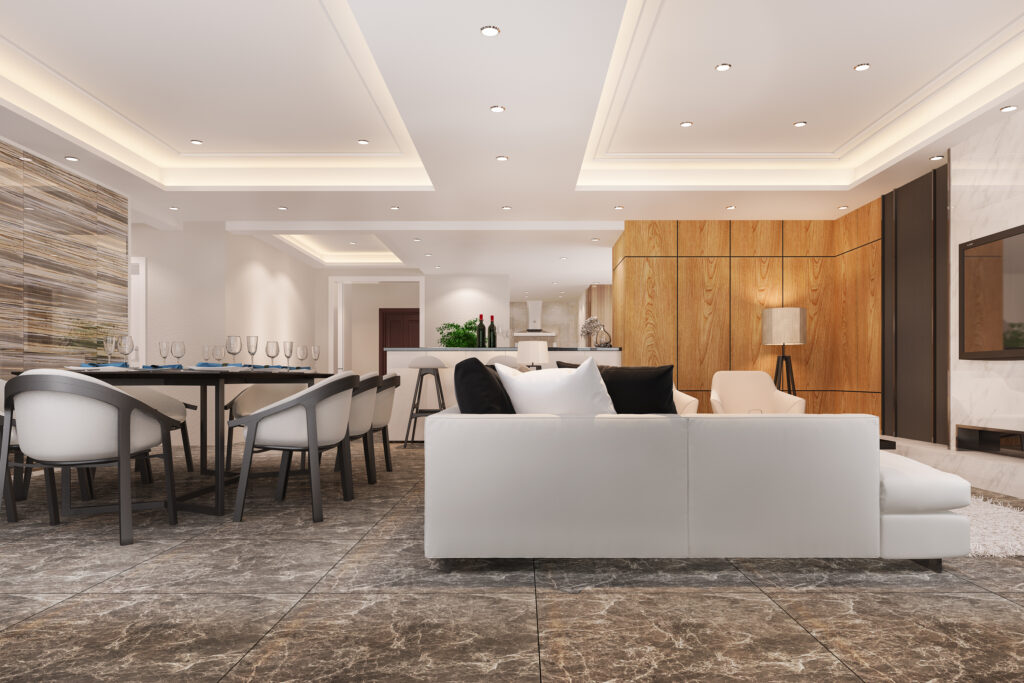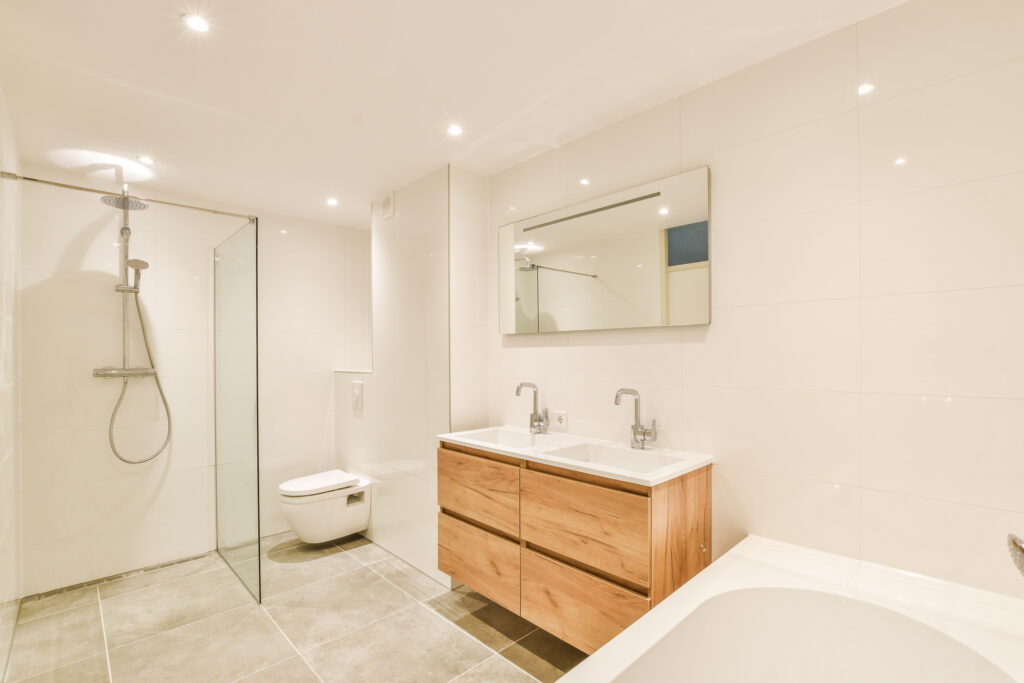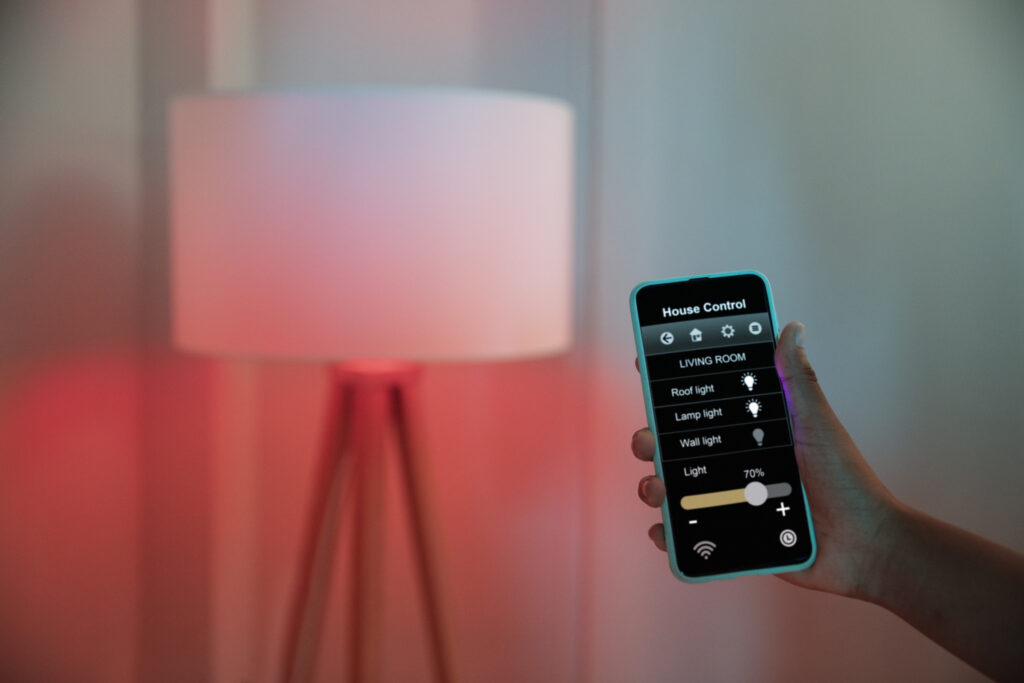The right lighting can completely transform the character of a room, enhancing both its ambiance and functionality. In today’s post, we offer practical tips to help you select the perfect light sources for your kitchen, living room, and bedroom. We’ll explore different types of lighting, modern trends, and energy-efficient solutions that are gaining popularity.

- Types of Lighting and Their Applications
General Lighting
General lighting provides an even level of illumination throughout the room.
• Kitchen: A ceiling light or flush mount with a diffuser provides bright, uniform illumination for cooking and meal prep.
• Living Room: A central light fixture or a set of ceiling lights creates the foundational lighting for further accenting.
• Bedroom: Soft, diffused light—preferably with dimming capabilities—sets a relaxing mood.
• Task Lighting
Task lighting focuses on specific areas, offering concentrated illumination where you need it most.
• Kitchen: Recessed spotlights or under-cabinet lights make food preparation easier.
• Living Room: Floor lamps or wall sconces highlight reading areas or accent decorative features.
• Bedroom: Small bedside lamps or adjustable wall sconces provide comfortable light for reading before sleep.
• Accent Lighting
Accent lighting adds a decorative touch and enhances the style of your interior.
• Kitchen: Under-cabinet LED strips or designer pendant lights add a modern twist.
• Living Room: LED tape lights, chandeliers, or decorative lamps help emphasize style and create a cozy atmosphere.
• Bedroom: Ambient lights with warm hues contribute to an intimate mood.

. Energy-Efficient Light Sources and Modern Trends
With growing environmental awareness, energy efficiency and modern technology are taking center stage.
• LED Lighting
LEDs are the most popular light source today, known for their energy efficiency and long lifespan. Their benefits include:
• Energy Efficiency: LEDs consume far less energy than traditional bulbs, helping reduce your electricity bills.
• Long Lifespan: With a longer operational life, LEDs require less frequent replacement.
• Color Temperature Adjustability: LEDs are available in various color temperatures, measured in Kelvin (K). Lower temperatures (around 2700–3000 K) produce warm, inviting light ideal for bedrooms and living rooms, while higher temperatures (around 4000–5000 K) deliver cooler, more neutral light perfect for kitchens and workspaces. This versatility ensures you can tailor your lighting to the function and style of each room.
• Smart Lighting Systems
These modern solutions allow for remote control of your lighting, including adjusting brightness and color settings. When integrated with smart home systems, they offer:
• Customization according to the time of day,
• The ability to change the mood of your space,
• Energy savings through automated scheduling.

Conclusion
Choosing the right lighting is a key element in interior design. Depending on the room’s function, combining general, task, and accent lighting creates a balanced and stylish environment. Energy-efficient LEDs not only help the environment but also let you precisely adjust color temperatures – from warm, relaxing tones to cooler, more functional settings. Meanwhile, smart lighting systems enhance user comfort and introduce a modern dimension to your home design. We encourage you to experiment with different light sources to create a space that is both functional and stylish.
